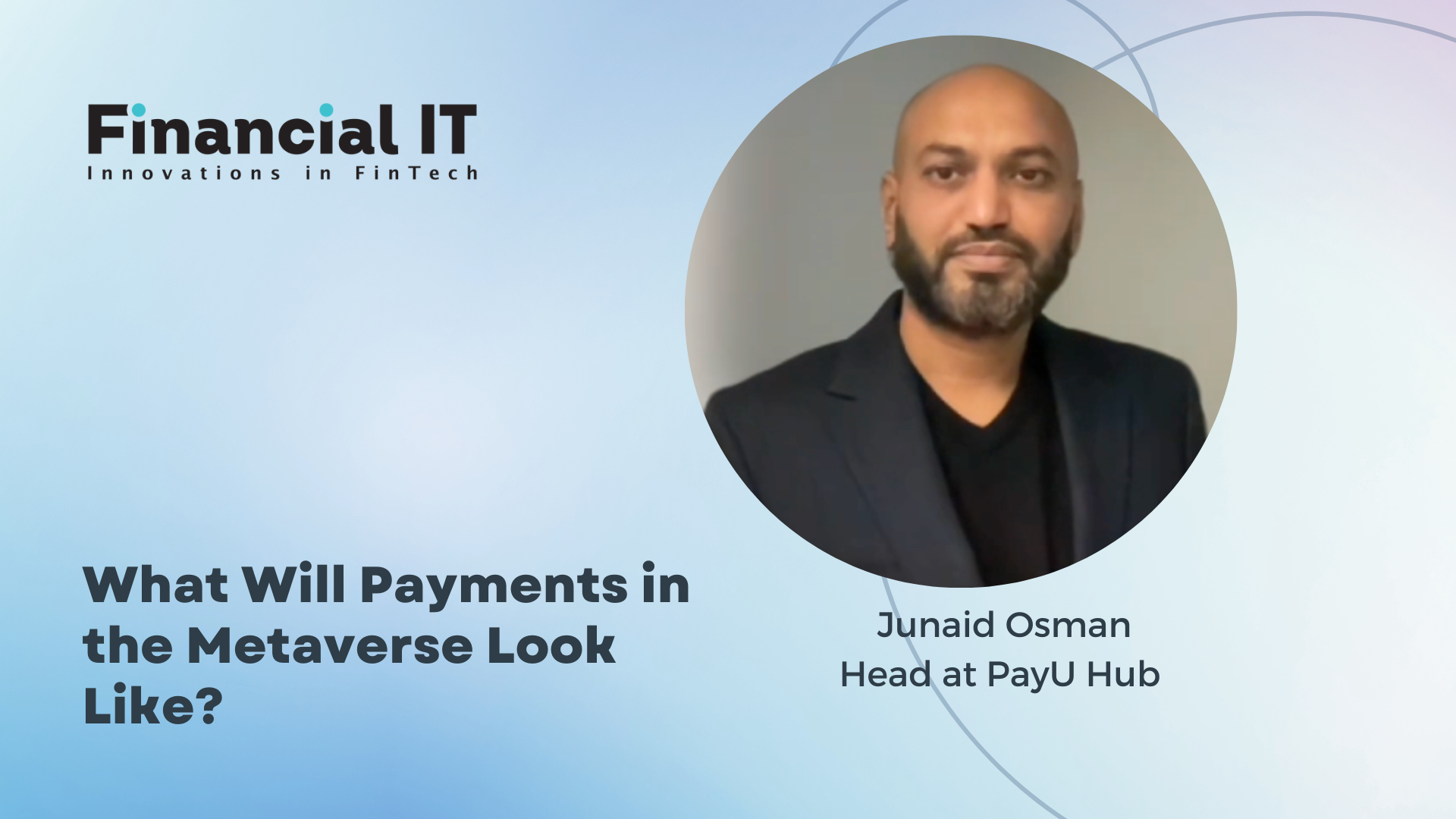What Will Payments in the Metaverse Look Like?

- Junaid Osman, Head at PayU Hub
- 10.07.2023 04:00 pm #payments
In the not-too-distant future, we’ll all be spending more time in an immersive, virtual world known as the metaverse. It feels that we’re on the cusp of a revolution in how we shop, socialise, attend meetings, travel, relax, and watch movies. The possibilities are near endless.
As the metaverse becomes more popular amongst consumers, the number of businesses looking to operate in the virtual world will increase. It’s projected that the metaverse will represent an $8-$13 trillion market opportunity by the end of the decade, with more than 5 billion users taking to an online world. Already, a number of brands are establishing themselves; Nike's “Nikeland” experience in Roblox offers users product promotions in their visual showrooms, while Samsung launched a new metaverse environment in Decentraland, modelled after its store in New York City. Businesses can even sell new products outside of their current portfolios through the metaverse. As an example, Burberry, a British fashion brand, partnered with Blankos Block Party to sell a brand-new NFT collection.
The metaverse is also an ideal environment for gamified marketing, since many existing metaverse environments have already been implemented in popular video games. Several companies today are using the metaverse to gamify their products. For example, a preview of Lamborghini's new vehicle was shared in Fortnite as an unlockable vehicle. Similarly, Wendy's used Fortnite to promote its fast-food brand by creating its own character.
The metaverse is likely to attract the masses. According to Insider Intelligence almost six in ten (60%) adults agree that the metaverse will be as popular as social media. Adoption is accelerating, and merchants that intend to exploit the opportunity will be required to cater for the unique needs of such an environment, facing new challenges spanning from customer service to payments.
In a virtual world, traditional payment methods like credit cards may not be as convenient as they are today. Instead, it's likely that we’ll witness the rise of new payment technologies that are specifically designed for the metaverse.
The state of play today
Already, many of the current metaverse platforms consist of closed systems with their own virtual economy. In many cases, this virtual economy is powered by blockchain, smart contracts, and cryptocurrencies, with each platform hosting its own native currency – much like in real life.
HyperVerse, Decentraland and Roblox, three popular emerging platforms, use their own currencies (HVT, MANA and Robux respectively) within the metaverse. These can be used to buy and sell goods on the platforms, but cannot be used elsewhere. In recent years a digital Gucci bag sold for 350,00 Robux at an auction held on the Roblox platform, which is equivalent to roughly $4,120.
Non-Fungible Tokens (NFTs) also depend on blockchain technology to shape the future of the metaverse. These present one of the most secure ways for participants to own and trade virtual assets, with no risk of fraud or theft. Equally, they can create a way to monetise assets and create a sense of value in a world which could look completely alien to our own.
Finally, cryptocurrencies are likely to be utilised across the metaverse. These can offer participants near-instantaneous cross-border transactions at a small fraction of the cost of fiat-based payment systems. Any user interested in making purchases in the metaverse can convert their local fiat currencies into cryptocurrencies by setting up a crypto wallet and using an exchange to make the conversion to local currency.
Partnerships are essential to thrive in the metaverse
Regardless of which payment technologies come to define the metaverse, merchants must ensure that they’re offering a best-in-class experience to ensure the highest possible level of conversion. With so many immersive experiences and commercial opportunities across the metaverse, merchants will be under pressure to provide consumers with a variety of online payment method options that are popular and recognisable in each unique marketplace.
It’s understandable that the metaverse – in its unregulated and fairly nebulous state – may raise trepidation among merchants. However, the early adopters and trailblazers are underscoring its limitless opportunities. As the cultural and social importance of the metaverse continues to grow, merchants must look to futureproof operations now by striving to reduce friction and unlock seamless checkout experiences in virtual worlds.
























